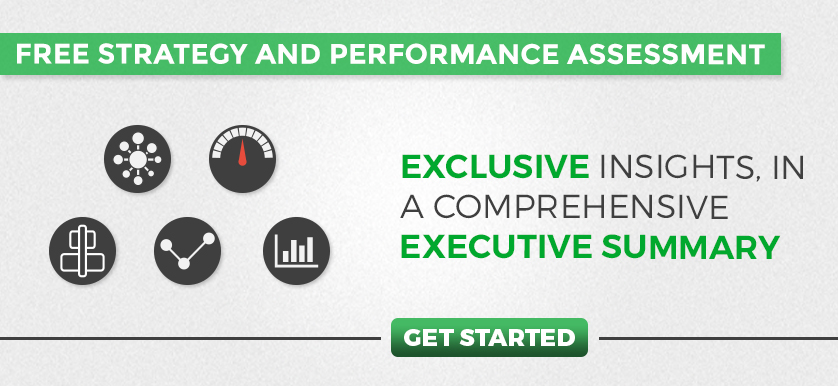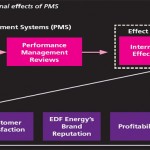Linking the gamification model to organizational performance
In order to gain a competitive edge, organizations focus more and more on objectives and metrics. Gamification comes as a solution to sustain organizational growth by linking objectives and employees in an engaging environment. In an article published by Burke, B. in Forbes, it is shown that by 2015, 40% of organizations will use gamification as the primary mechanism to transform business operations.
I. What is gamification?
Deterding et al, 2011, defines gamification as the use of game design elements in non-game contexts. A simple and frequently used model for gamification is to have goals or targets in a non-game context and offer rewards for reaching those targets.
One important aspect of this model is that it can reduce internal motivation for the activity and replaces it with external motivation, such as rewards. To avoid this problem, game design elements can significantly influence the user, through information, resulting in a shift of focus from external motivation to more focus on internal motivation.
II. Why use a gamification model?
Gamification is a growing trend nowadays, because of the benefits it has to offer. In an article published by Gartner, it is assumed that until 2016, gamification will be an essential element for brands and retailers in driving customer marketing and loyalty.
Gamification is a method of retaining top talent
It becomes a tool for talent retention through applying gaming-like elements and creating a personalized reward system. For example, offering badges for employees that reach their targets, which can be exchanged for different prizes.
Gamification can improve efficiency:
Using a gamification model, where rewards are given if a series of tasks are performed in a certain order and within a determined timeline, can significantly improve productivity.
Gamification provides instant feedback
A manager can know what the status of his employee is and, in return, the employee can compare his current results with his colleagues. This can be accomplished by implementing the most common gaming-like elements and making them available to all employees. For example a leaderboard with points offered for each employee can be displayed in a common space that can be accessed by all of the involved staff.
Creates positive behaviors
Having a personalized gamification model for the organization can influenced the behaviors of the employees through specific rewards offered to role model employees. By seeing which actions lead to the desired rewards, more and more employees will mimic the role model’s behavior. Some behaviors that can be influenced and managed through gamification include the following:
- Gaming: refers to the process of establishing lower targets than the realistic potential level;
- Sandbagging: refers to the process of looking after the achievement of one’s own targets, without consideration for the implications for other areas in the organization;
- Tunnel behavior: refers to the process of disregarding environmental and safety considerations in the process of meeting targets;
- Unethical behavior: refers to the process of influencing results through unapproved means to ensure target achievement.
III. Linking gamification with the organizational performance.
As highlighted in a 2013 Forbes article, the gamification model should sustain the organization’s strategy, by enforcing the organizational culture and supporting the achievement of the company’s objectives. There are a few key steps in designing a gamification model:
1) Adapt
Every organization is different from one another, so a well-designed gamification model should be created for said organization’s needs, objectives and culture. The gamification model should rely on the organizational culture, in order to drive employee engagement and involvement. To sustain this objective, when designing the gamification model, the input of the HR and executive board is mandatory.
2) Rewards and benefits
Having employees that are gaining points or are at the top of the leader board means one needs to offer some type of rewards in order to encourage their behavior. This process should be transparent so other employees can view what they can gain if they will reach their targets. In turn, this will make the employees more motivated and will lead the organization to its desired goals.
3) Engage employees
In order to get the buy-in of all employees, the system should attract them in using it and solving problems within the organization. For example it can encourage team-work, which will lead to a better communication and a more efficient work.
Gamification is relatively a new field, but designing a gamification model specific for your organization can boost productivity and will motivate your workforce. This will lead to achieving the organizational goals and, in the end, to gaining more revenue. What should be taken into consideration when creating a gamification model are the elements that are used to motivate and support the achievement of strategic objectives.
Image source:

Tags: Organizational Performance, Performance Management






